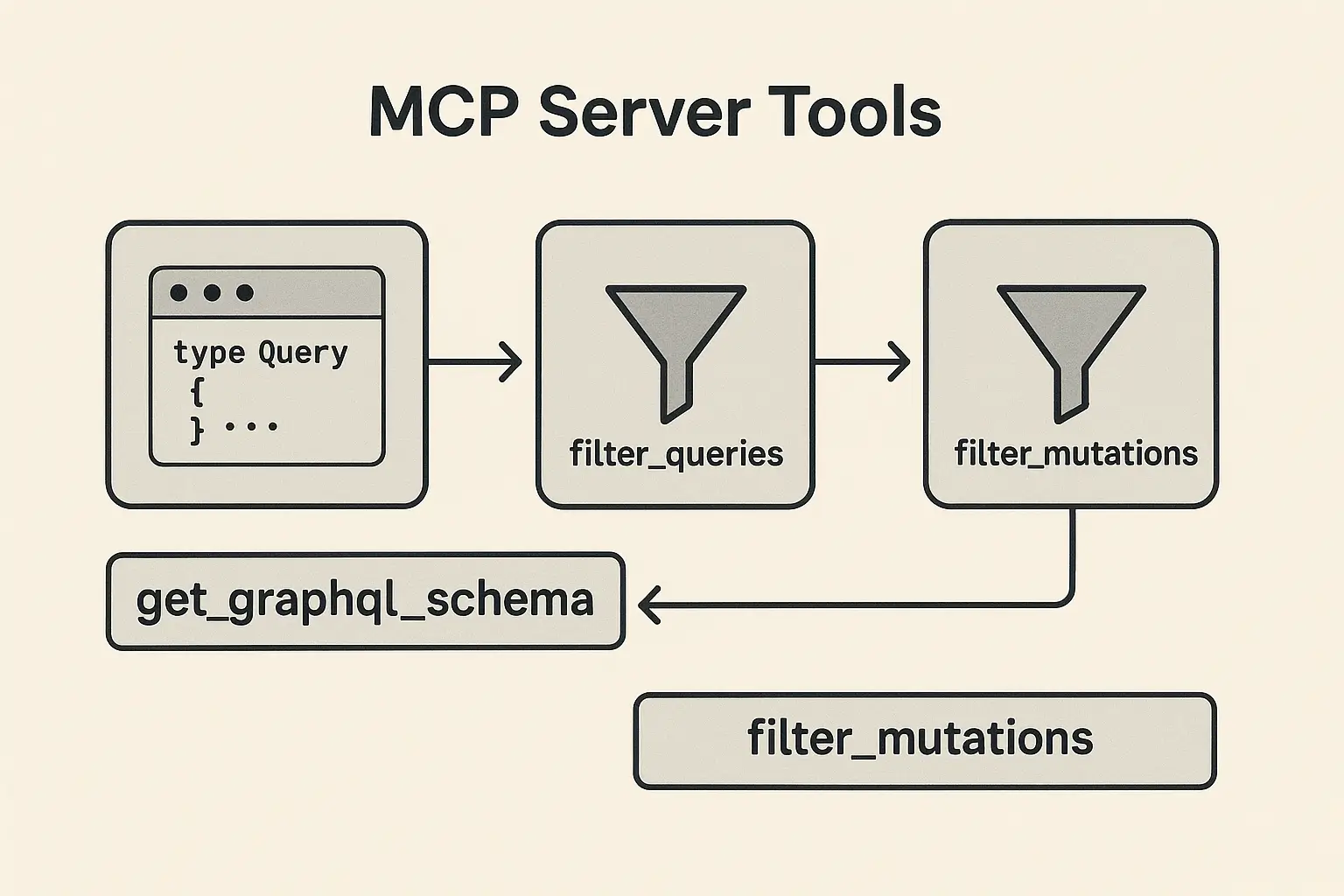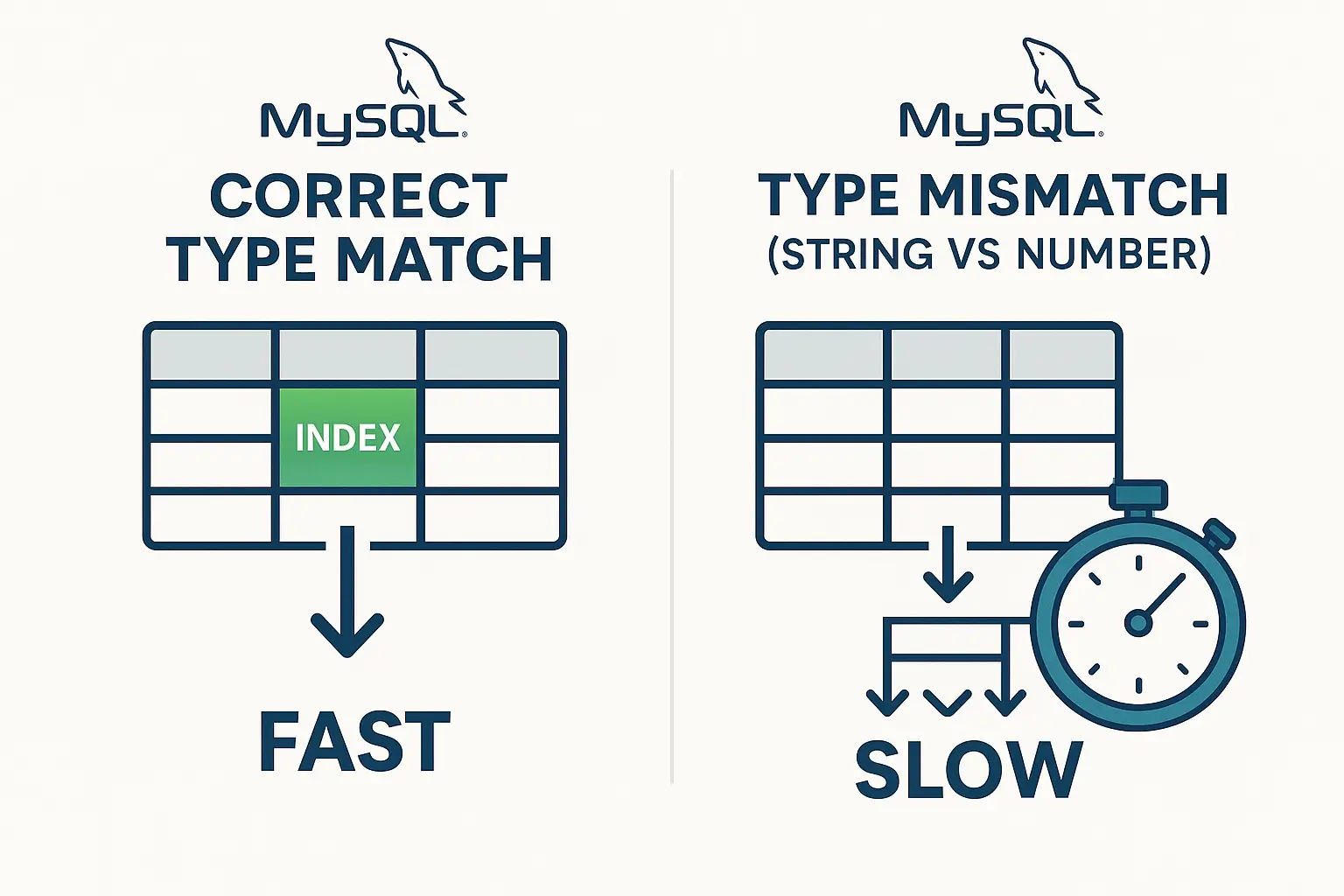🔓Unlocking JavaScript Power: Master Advanced Object Features for Efficient Code
This document explores advanced features of JavaScript objects, delving into their capabilities and functionalities that enhance the way developers can manipulate and interact with data structures. By understanding these advanced features, developers can write more efficient, maintainable, and powerful code.

1. Object Creation
JavaScript provides various ways to create objects, including:
1.1 Object Literal
const person = {
name: 'John',
age: 30,
greet() {
console.log(`Hello, my name is ${this.name}`);
}
};1.2 Constructor Function
function Person(name, age) {
this.name = name;
this.age = age;
}const john = new Person('John', 30);1.3 ES6 Classes
class Person {
constructor(name, age) {
this.name = name;
this.age = age;
}
greet() {
console.log(`Hello, my name is ${this.name}`);
}
}const john = new Person('John', 30);2. Object Prototypes
JavaScript uses prototypes to enable inheritance. Every object has a prototype, which is itself an object.
2.1 Prototype Chain
function Animal(name) {
this.name = name;
}Animal.prototype.speak = function() {
console.log(`${this.name} makes a noise.`);
};const dog = new Animal('Dog');
dog.speak(); // Dog makes a noise.3. Object Destructuring
Destructuring allows unpacking values from arrays or properties from objects into distinct variables.
const user = {
id: 1,
name: 'Alice',
age: 25
};const { name, age } = user;
console.log(name); // Alice4. Object Spread and Rest
The spread operator (...) allows for easy copying and merging of objects.
4.1 Spread Operator

const obj1 = { a: 1, b: 2 };
const obj2 = { ...obj1, c: 3 };
console.log(obj2); // { a: 1, b: 2, c: 3 }4.2 Rest Parameters
Rest parameters allow you to represent an indefinite number of arguments as an array.
function sum(...numbers) {
return numbers.reduce((acc, num) => acc + num, 0);
}console.log(sum(1, 2, 3, 4)); // 105. Object Methods
JavaScript provides several built-in methods for object manipulation.
5.1 Object.keys()
Returns an array of a given object’s own enumerable property names.
const obj = { a: 1, b: 2 };
console.log(Object.keys(obj)); // ['a', 'b']5.2 Object.values()
Returns an array of a given object’s own enumerable property values.
console.log(Object.values(obj)); // [1, 2]5.3 Object.entries()
Returns an array of a given object’s own enumerable string-keyed property [key, value] pairs.
console.log(Object.entries(obj)); // [['a', 1], ['b', 2]]6. Object.freeze(), Object.seal(), and Object.preventExtensions()
These methods control the mutability of objects.

6.1 Object.freeze()
Prevents new properties from being added to an object and marks all existing properties as read-only.
const obj = { a: 1 };
Object.freeze(obj);
obj.a = 2; // No effect6.2 Object.seal()
Prevents new properties from being added to an object but allows existing properties to be modified.
const obj = { a: 1 };
Object.seal(obj);
obj.a = 2; // Allowed6.3 Object.preventExtensions()
Prevents new properties from being added to an object but allows existing properties to be modified or deleted.

const obj = { a: 1 };
Object.preventExtensions(obj);
obj.b = 2; // Not allowedConclusion
Understanding advanced JavaScript object features is essential for modern web development. These features not only enhance code readability and maintainability but also empower developers to create more dynamic and efficient applications. By leveraging these capabilities, developers can take full advantage of JavaScript’s powerful object-oriented programming paradigm.





